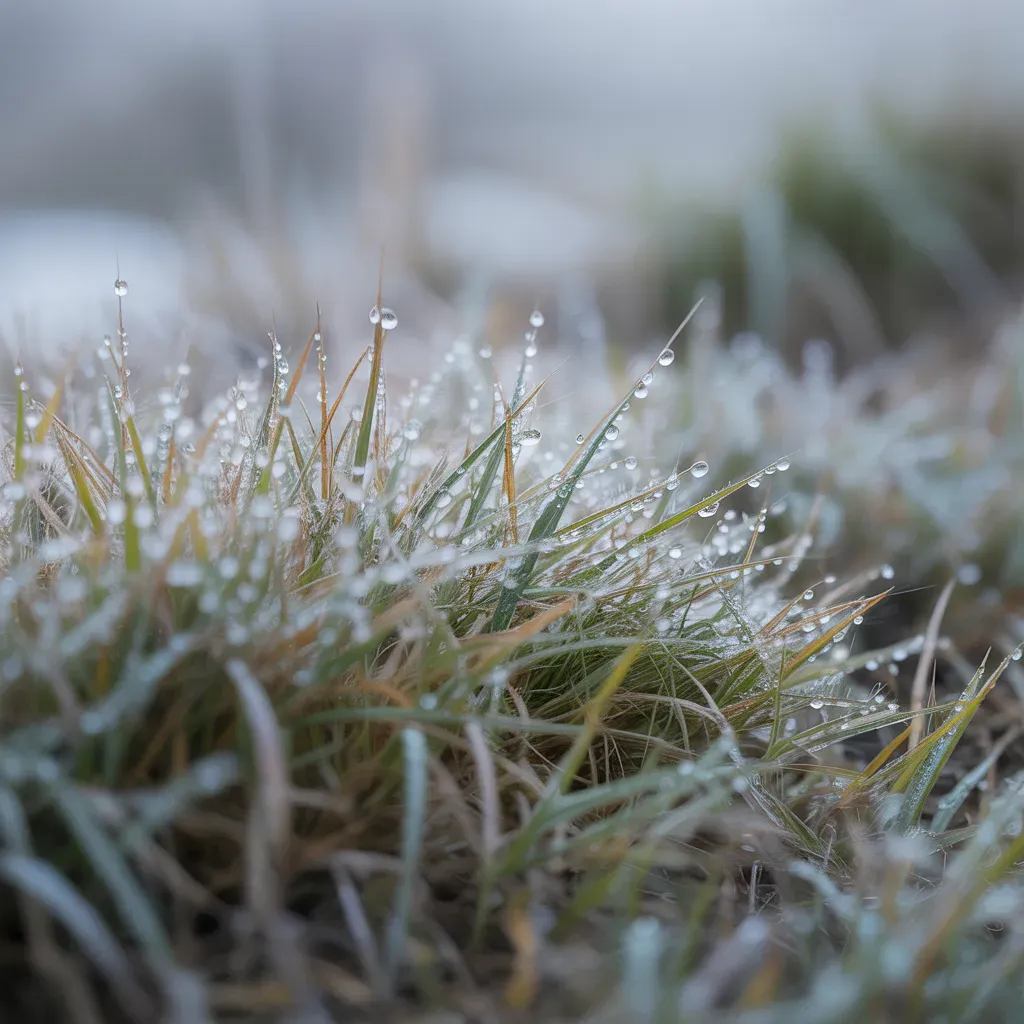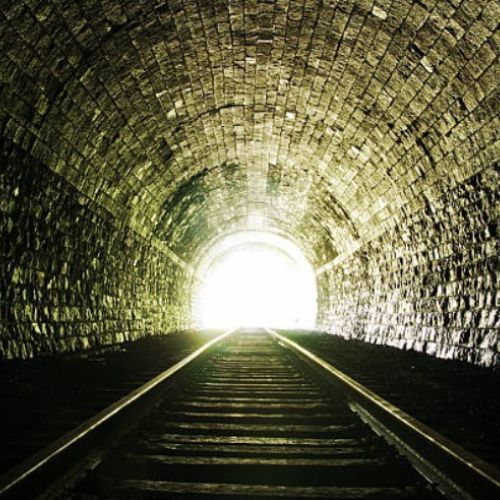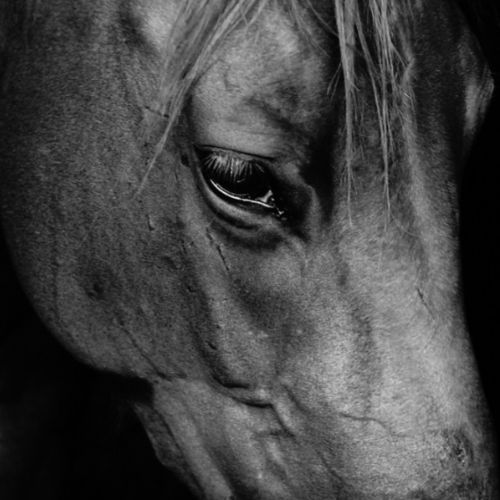Light, Immunity, and Our Horses - why daylight matters more than we think
How circadian biology and new immune research show that daylight, fresh air, and freedom to move aren’t luxuries for horses -they’re necessities.
Circadian biology – the science of how our genes respond to light – is one of those areas where human research keeps unveiling lessons we can borrow for our horses. We usually think of circadian rhythms in terms of sunrise and sunset, but it’s also about the type of light we’re exposed to every day.
For us humans, modern life bombards us with “junk light” from glowing screens and overhead bulbs long into the night. This throws our internal clocks off-kilter, suppresses melatonin, disrupts sleep, and over time has been linked with fatigue, blood sugar imbalances, weight gain, mood changes - even neurodegenerative conditions.
And while our horses aren’t sat scrolling on smartphones, they are affected by how we manage their exposure to natural daylight.
Horses, light, and livery life
Seasonal routines often mean horses on conventional livery yards spend large parts of the day indoors – sometimes shut in barns or stables to avoid flies, keep out of the heat, stay in because it’s raining, often sold to us as ‘protecting the grass’ – which often says more about the yard management than true horse welfare.
I remember our own experience a few years back when we had to leave years of beautiful rented land (travellers took up camp in the field next door and thought our retired horses were theirs to ride). On the day we moved to a new (conventional, BHS-run) yard, our horses were then kept in due to rain… for 9 solid weeks. That single decision spiralled into weeks of enforced stabling.
I lost sleep night after night, lying there thinking of Murf and Carms locked up like prisoners for days on end. And no surprise - it blew their minds – turning my soppy dollop of a pony into a state of shut-down and depressed, while Carms opted for the fire-breathing dragon route.
No surprise really – horses can only stay gentle and soft when their basic needs are met. It’s a crazy situation – nothing short of a common, quietly accepted cruelty – with owners left frustrated, quietly voicing their angst together, yet still forced into quiet compliance with yard rules. We could not get off that yard quick enough.
We know that confinement for days on end is tough on equine physiology and psychology - and on the owners! While the intentions may be practical, the outcome is far from ideal: horses miss out on natural daylight, fresh air, and movement, which for them is an absolute need.
It’s not just about boredom or stiff joints, or box-walking and sharp pivot turns being the only movement they can make - their bodies, just like ours, run on internal clocks wired to the sun.
The science – daylight supercharges immunity
A new study from the University of Auckland (Wong et al., May 2025), published in Science Immunology and reported by Neuroscience News, has shed fresh light - quite literally - on the immune system.
Researchers discovered that daylight boosts the infection-fighting power of neutrophils, the most abundant white blood cells in the body. These “first responders” rush to infection sites and destroy bacteria.
Scientists found that while observing biological processes in real time, those neutrophils actually contain their own circadian clocks. Exposure to daylight synchronises these clocks, ramping up the cells’ ability to kill bacteria during daytime hours – precisely when the body is most likely to encounter infection during activity.
Key insights
- 🌞 Neutrophil clocks: White blood cells have internal circadian timers tuned by light.
- ⚡ Stronger by day: Immune responses peak during daylight activity phases.
- 💊 Therapeutic potential: Targeting these cellular clocks could improve treatments for infections and inflammatory conditions.
It’s a powerful reminder that simply being outside in natural light strengthens immune defences.
What this means for our horses
For our equine friends, the parallels are clear:
- Daylight matters. Natural light doesn’t just regulate coat growth and seasonal cycles – it plays a vital role in immune balance and resilience.
- Movement and light go hand in hand. Horses are designed to roam outdoors during the day, not stand in artificial darkness for human convenience.
- Shelter over stabling. It’s a no-brainer – instead of bringing horses in to “protect” them from weather or grass, providing adequate shelter (and rugs if needed) allows them to stay in sync with their natural circadian biology.
The takeaway
What seems so ordinary – being outside in daylight – is actually extraordinary for health, whether human and horse. Managing our horses in line with their biology, not against it, honours their need for light, movement, and freedom.
So next time the forecast says “rain,” perhaps we can remember: a horse’s immune system (and sanity) doesn’t care – it needs daylight, fresh air, and freedom to move – not confinement in a stable or an individual stripped-off postage-stamp ‘paddocks’ with no shade or shelter.
In short, the more we align with a horse’s biology, the better we're stepping up for their wellbeing.
FAQs
Do horses really need natural daylight for their health?
Yes. Horses evolved to live outdoors, moving and grazing in sync with natural light cycles. Daylight doesn’t just regulate coat growth and seasonal rhythms - it also plays a vital role in immune balance, mood, energy, and overall wellbeing.
What happens if horses are stabled for too long?
Extended confinement can disrupt a horse’s circadian rhythm, leading to stress, boredom, and physical issues like stiffness, ulcers, and even metabolic challenges. Just as importantly, it deprives them of natural daylight, fresh air, and movement - all of which are essential for both mental and physical health.
How does light affect a horse’s immune system?
New research shows that daylight helps activate circadian clocks within white blood cells, boosting their infection-fighting ability during the day. For horses, this suggests that consistent daylight exposure supports a stronger, more resilient immune system.











